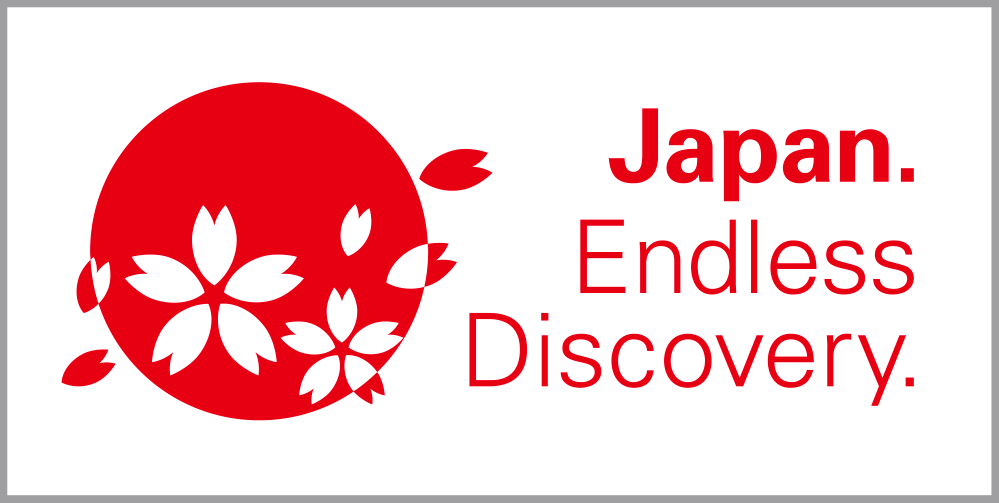Kenrokuen Garden
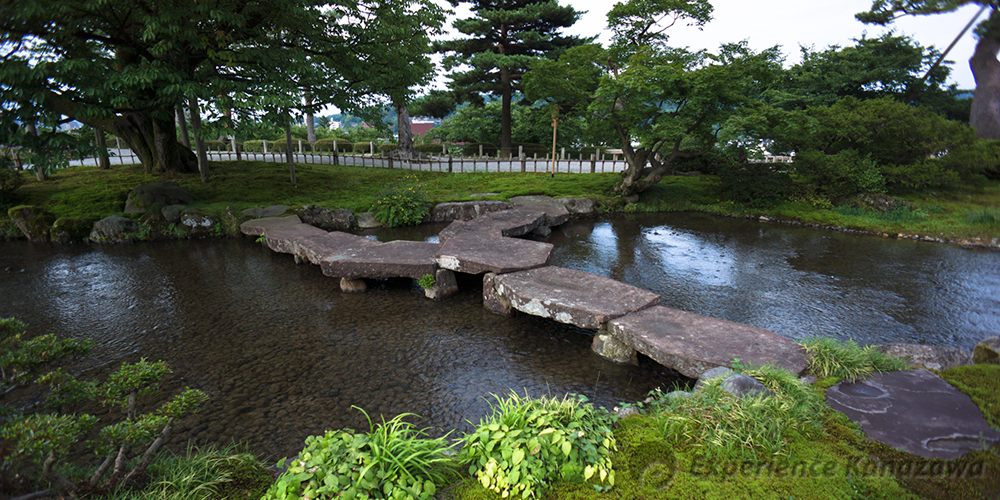
Our Beloved Garden
Many people associate Kanazawa city with its stunning Japanese garden, Kenroku-En. One of the three great gardens of Japan, guidebooks often list it as a must-see attraction. The three Chinese characters that make up its name reveal the philosophy behind the garden. The first character, “ken”, means to hold multiple functions. The middle one, “roku”, is the number six. The final character, “en”, signifies garden. All together the name literally means “a garden with six functions”. So what are these functions, and who decided them? They are derived from a Chinese poem composed about the nineteen great garden of China. Kenroku-En has six features in direct contradiction of each other.
The closest English equivalent to these pairings would be spaciousness and profoundness, artificialness and antiquity, water fountain landscapes and mountain panoramas.
This once-private garden for Lord Maeda officially opened to the public in 1872. An entrance free was introduced in 1976, though residents of Ishikawa prefecture are exempt on weekends. It is also free to everyone during New Year’s and days designated for enjoying the beauty of nature, such as during the cherry blossom season and harvest moon. Located in the heart of downtown, its not uncommon to see the residents of nearby homes walking or jogging around the premise. The garden is not only a popular destination for tourists, but a beloved park for the citizens as well.
Coco SHIZUO, Artex Inc.; Updated June 1, 2018
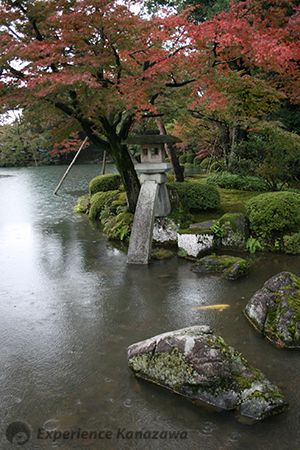
Kotoji-Tohro and Niji-Bashi
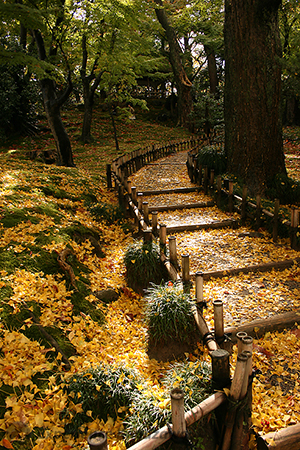
Yamazakiyama
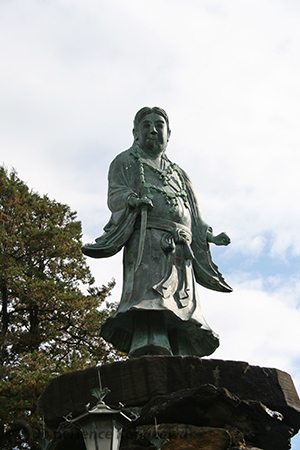
Meiji Kinen-no-Hyo
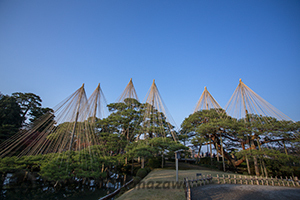
Karasaki-Matsu
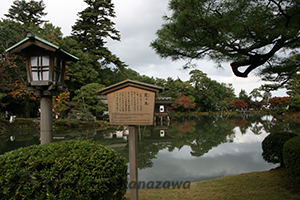
Kasumiga-Ike
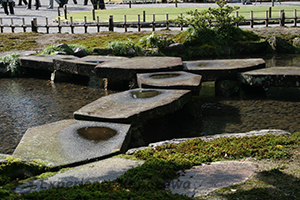
Gankoh-Bashi
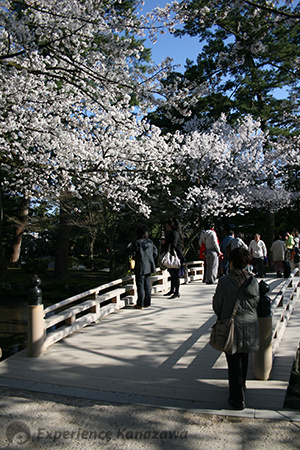
Hanami-Bashi
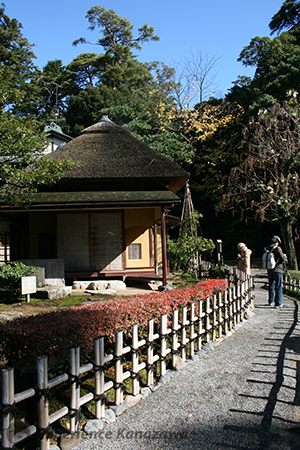
Yugao-Te

Funsui

Neagari-Matsu Pine Tree
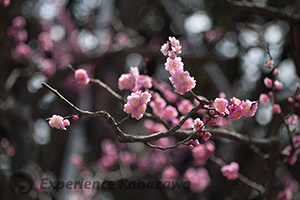
Bairin
Open: 7:00-18:00 (Mar - Oct 15); 8:00-17:00 (Oct 16 - Feb)
Admission: ¥310 (adults 18 and over); ¥100 (children between 6 and 17); Free (seniors 65 and over)
Free for early birds: 5:00-6:45 (Mar / Sep / Oct 1 -15); 5:00-7:45 (Oct 16 – 31); 4:00-6:45 (Apr -Aug); 6:00-7:45 (Nov –Feb)
Kanazawa Area
Kenrokuenn Garden
Following Matsuo Bashô’s steps in Ishikawa - 1/6 [Introduction]
Following Matsuo Bashô’s steps in Ishikawa - 2/6 [Kanazawa]
Noto Area
Mitsukejima Island
Kaga Area
Following Matsuo Bashô’s steps in Ishikawa - 3/6 [Komatsu City]
Following Matsuo Bashô’s steps in Ishikawa - 4/6 [Natadera Temple]
Following Matsuo Bashô’s steps in Ishikawa - 5/6 [Yamanaka Onsen Town]
Following Matsuo Bashô’s steps in Ishikawa - 6/6 [Daishoji District]
Rosanjin in Yamashiro Onsen Town
Stroll Kanazawa in Rental Kimono - 1/2 [Kimono Rental]
Stroll Kanazawa in Rental Kimono - 2/2 [Kimono Stroll]
January
Enyukai: Geisha Party
February
Setsubun-Sai Festival
AUGUST
Issaki Hoh-Toh Matsuri
November
Enyukai: Geisha Party

